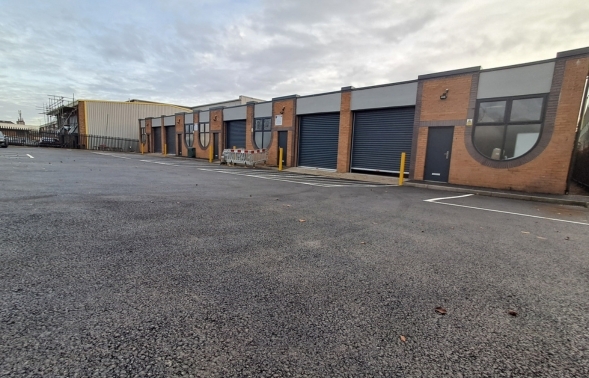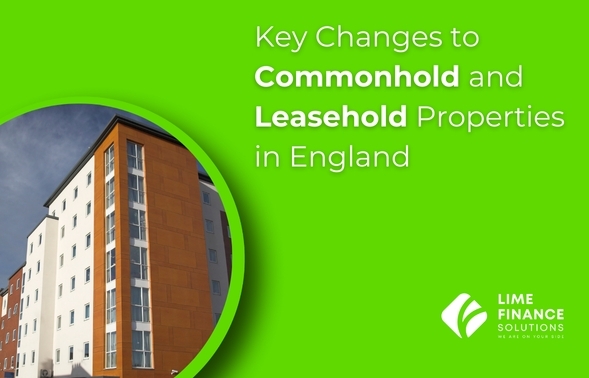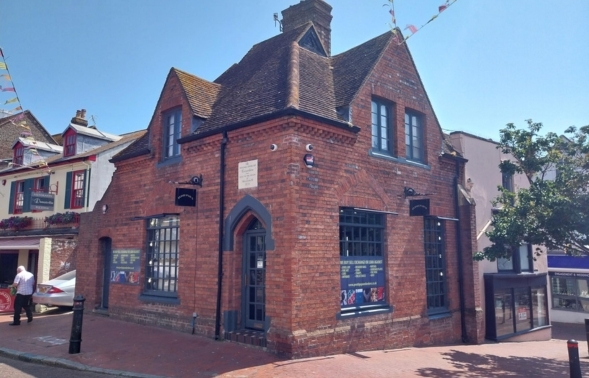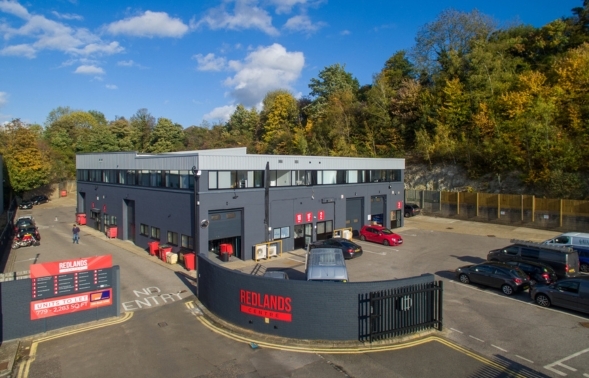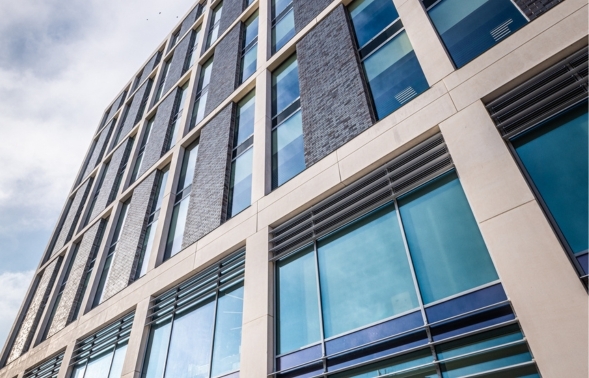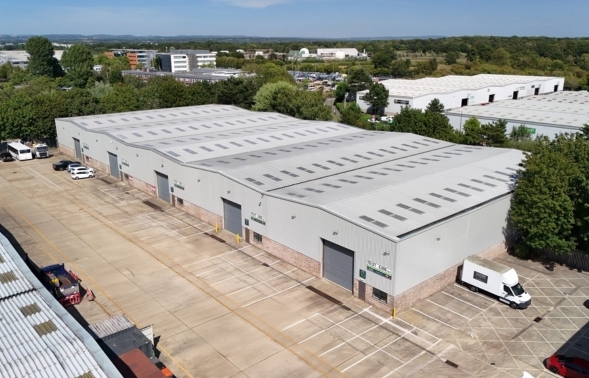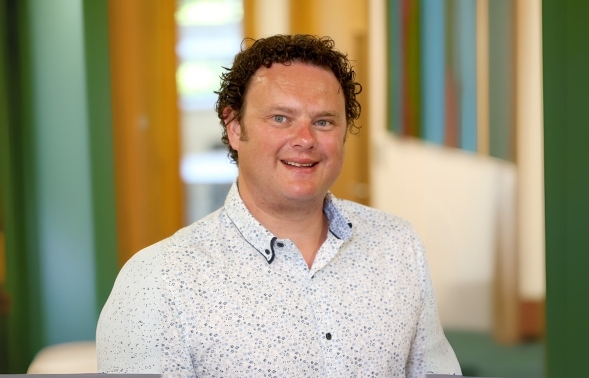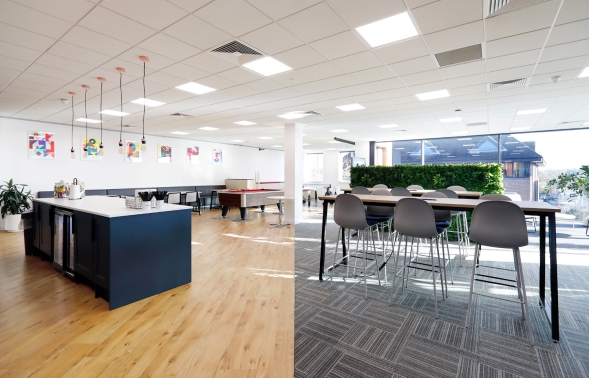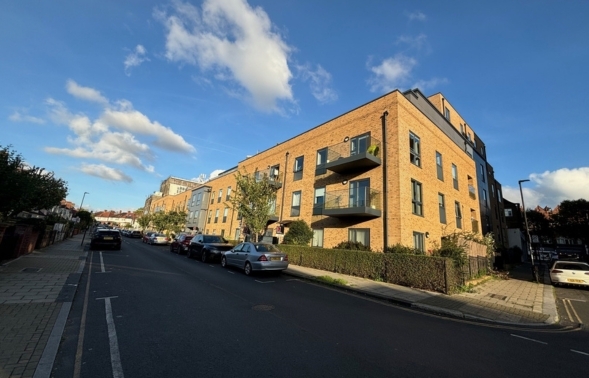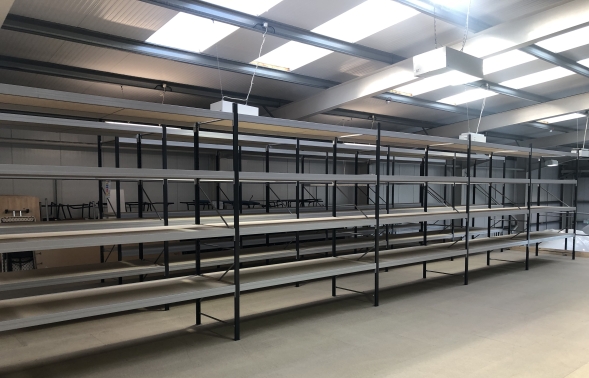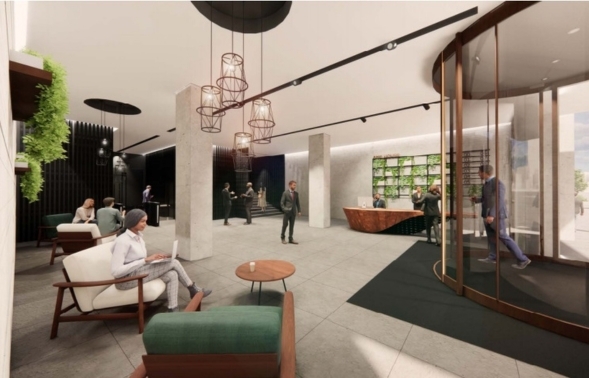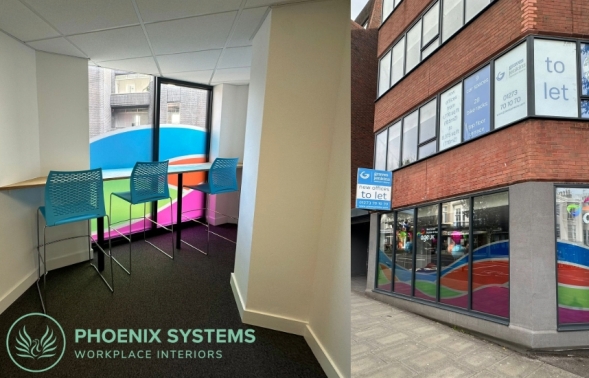Planning, design and development consultancy Marrons’ Housing 2040 Report highlights Brighton as a developer hotspot, with a forecast 17% increase in the 25-44 age group and a 17% increase in first time buyers by 2040.
However Mayo Wynne Baxter said while the city’s bohemian charm and proximity to London continue to prove popular and demand for starter and family homes will rise, concerns around affordability and housing shortages remain.
Simon Fuller, sales manager at Mayo Wynne Baxter’s property team said: “For buyers, Brighton’s future offers a blend of opportunities and obstacles. While high demand and limited supply in central areas will see prices continue to go up, outlying regions present more affordable alternatives.
“The continued influx of people from London and Surrey has already driven up prices, but shared-ownership schemes and potential housing policy reforms could help alleviate some of these pressures.
“Buyers will need to act strategically, looking beyond Brighton’s centre to find more accessible property options as demand continues to outpace supply.”
High property prices and a lack of large-scale developments in central postcodes BN1, BN2, BN3 have been pushing many buyers towards more affordable neighbouring areas such as Portslade, Worthing, Peacehaven and Shoreham.
These locations are becoming increasingly attractive for families seeking larger more affordable homes than the smaller flats typically available in the city, the law firm said.
Many of Brighton’s new developments focus on luxury apartments or small, exclusive projects, however shared-ownership flats are also becoming more prevalent.
These part-buy, part-rent properties start at around £150,000 for a 50% share, offering a more accessible route for first-time buyers.
Limited space available for larger developments in central Brighton, which is bordered by the South Downs and the Channel, restricts the city’s ability to meet the growing demand for family homes.
The report found another crucial factor driving Brighton’s housing market is the anticipated 21% rise in the student population by 2040, placing it in the top ten cities outside of London where growth in the student population is expected.
Purpose-built student accommodation guarantees security and higher-quality living space and students are often willing to pay more to be in a prime location with better facilities.
Brighton & Hove has seen several student housing developments spring up in recent years in the London Road and Lewes Road areas for example, which could reduce the strain on the residential property market.
Simon added: “However when the universities expand it could lead to further conversions of family homes into HMOs in northern areas such as Moulsecoomb, Whitehawk and Hollingdean.
“These more affordable neighbourhoods, with strong transport links to the city’s universities, are perceived as ideal for student accommodation by investors.”
The report draws on the latest Office for National Statistics Census data (2021) and population projections, building a national and regional picture of England’s housing need in 2040.
It is also based on data from local authority housing registers, affordable housing stock records and extrapolated housing requirement figures using the government’s standard method.
The report found at least 1.2 million new homes need to be built in the South East to meet the needs of the region’s 16+ 2040 population, which is projected to rise by 7% to nearly 8.2 million.
For more information please visit: www.mayowynnebaxter.co.uk

